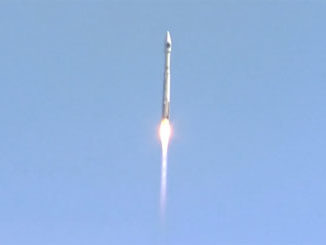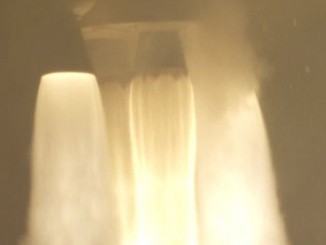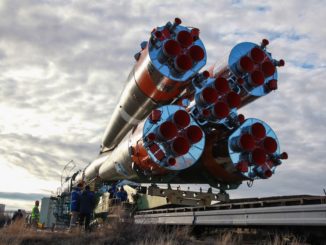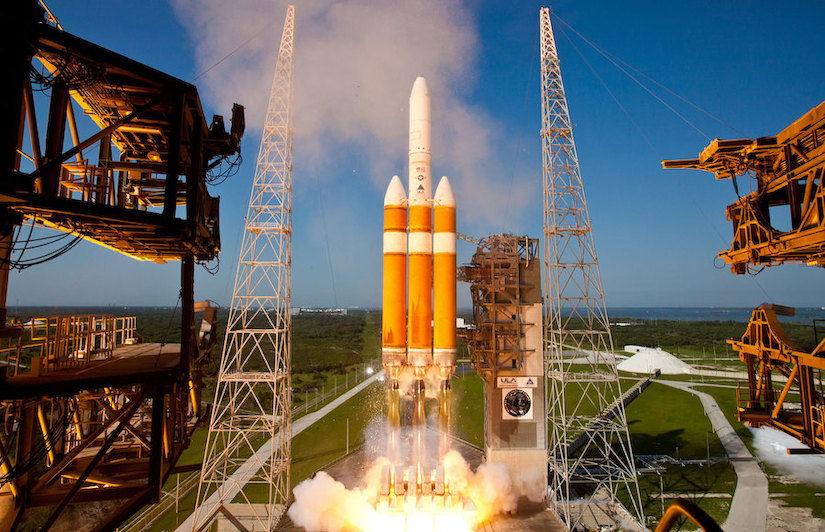
The next flight of United Launch Alliance’s triple-barrel Delta 4-Heavy rocket has been delayed from June to late August, military officials said Friday.
The heavy-lift rocket will carry a classified National Reconnaissance Office payload into orbit, likely targeting a geosynchronous station more than 22,000 miles (nearly 36,000 kilometers) over the equator, where the NRO operates surveillance satellites capable of eavesdropping on foreign communication signals.
The mission was previously scheduled to launch some time in June, but has been rescheduled for Aug. 26, according to Col. Robert Bongiovi, head of the launch enterprise division at the U.S. Space Force’s Space and Missile Systems Center.
Military officials did not disclose a reason for the two-month delay.
The Delta 4-Heavy rocket was transferred to Cape Canaveral’s Complex 37B launch pad last November, where ULA crews erected the launcher’s three first stage boosters and second stage on top of the launch deck.
In January, the Delta launch team loaded the rocket with around 465,000 gallons (nearly 1.8 million liters) of cryogenic liquid hydrogen and liquid oxygen propellants during a countdown dress rehearsal. The launch team drained the rocket of propellants after the simulated countdown.
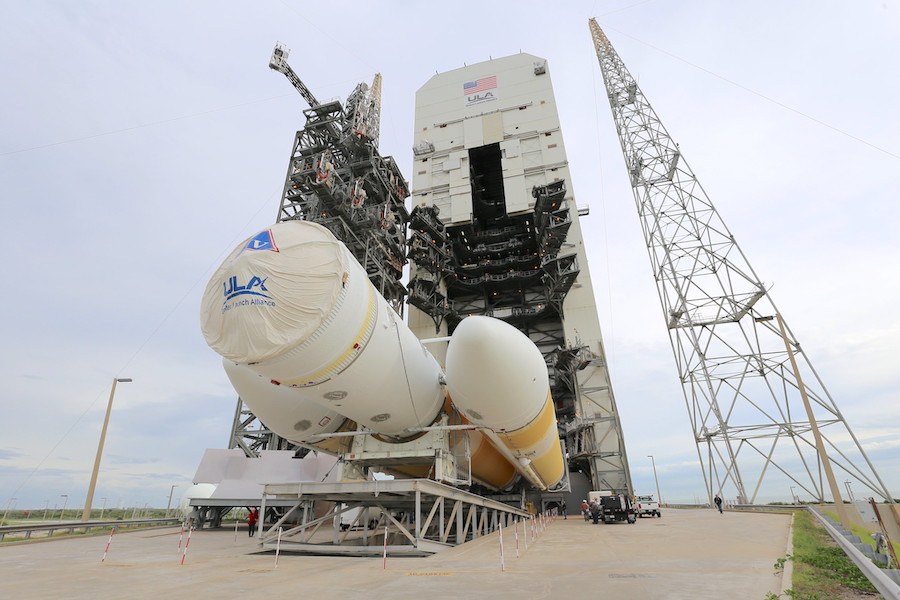
Details about the Delta 4-Heavy’s payload is being kept secret by the NRO, the agency which develops and owns the U.S. government’s intelligence-gathering spy satellites. The mission is officially codenamed NROL-44.
If the NROL-44 payload is similar to previous NRO spy satellites launched into similar geosynchronous orbits, the Delta 4-Heavy rocket will deliver its spacecraft passenger directly to a circular orbit some 22,300 miles in altitude, a lofty orbit that typically requires three firings by the Delta 4’s upper stage RL10 engine.
The launch scheduled for Aug. 26 will mark the 12th flight a Delta 4-Heavy rocket since 2004.
ULA has five more Delta 4-Heavy missions its manifest through 2023, all carrying payloads for the NRO that military officials say are unable to launch into their targeted orbits on any other rocket that is currently operational. Many of the NRO’s satellites are heavy and large — comparable to the size of a school bus — and are designed to be integrated with their rockets in a vertical configuration, rather than horizontally.
The final launch of a Delta 4 rocket in its “medium” configuration with a single first stage booster occurred in August 2019.
ULA is also gearing up a Delta 4-Heavy launch later this year from Vandenberg Air Force Base, California. The rocket stages for that mission, designated NROL-82, recently arrived at Vandenberg from ULA’s factory in Alabama aboard a transport ship.
Email the author.
Follow Stephen Clark on Twitter: @StephenClark1.

